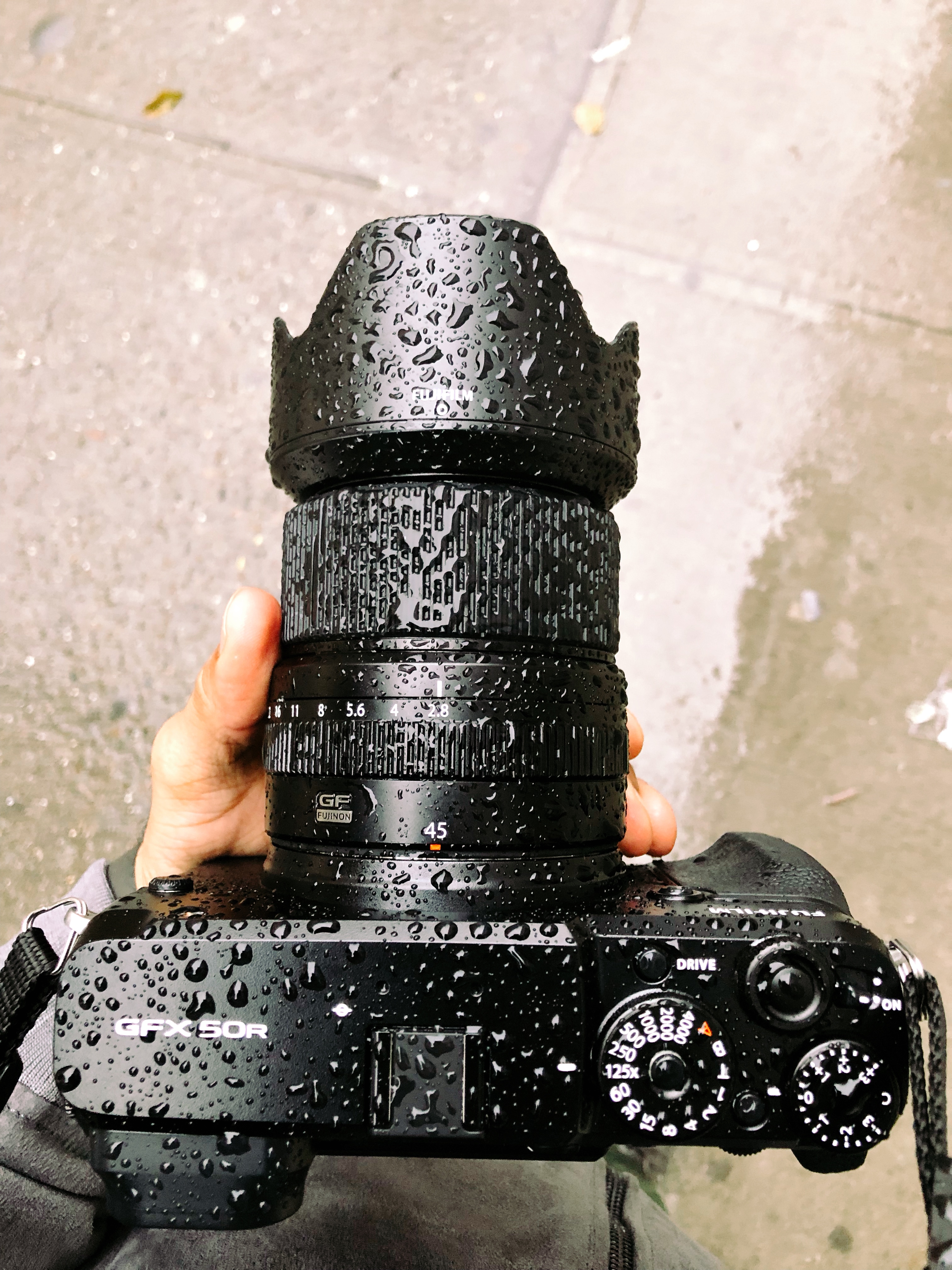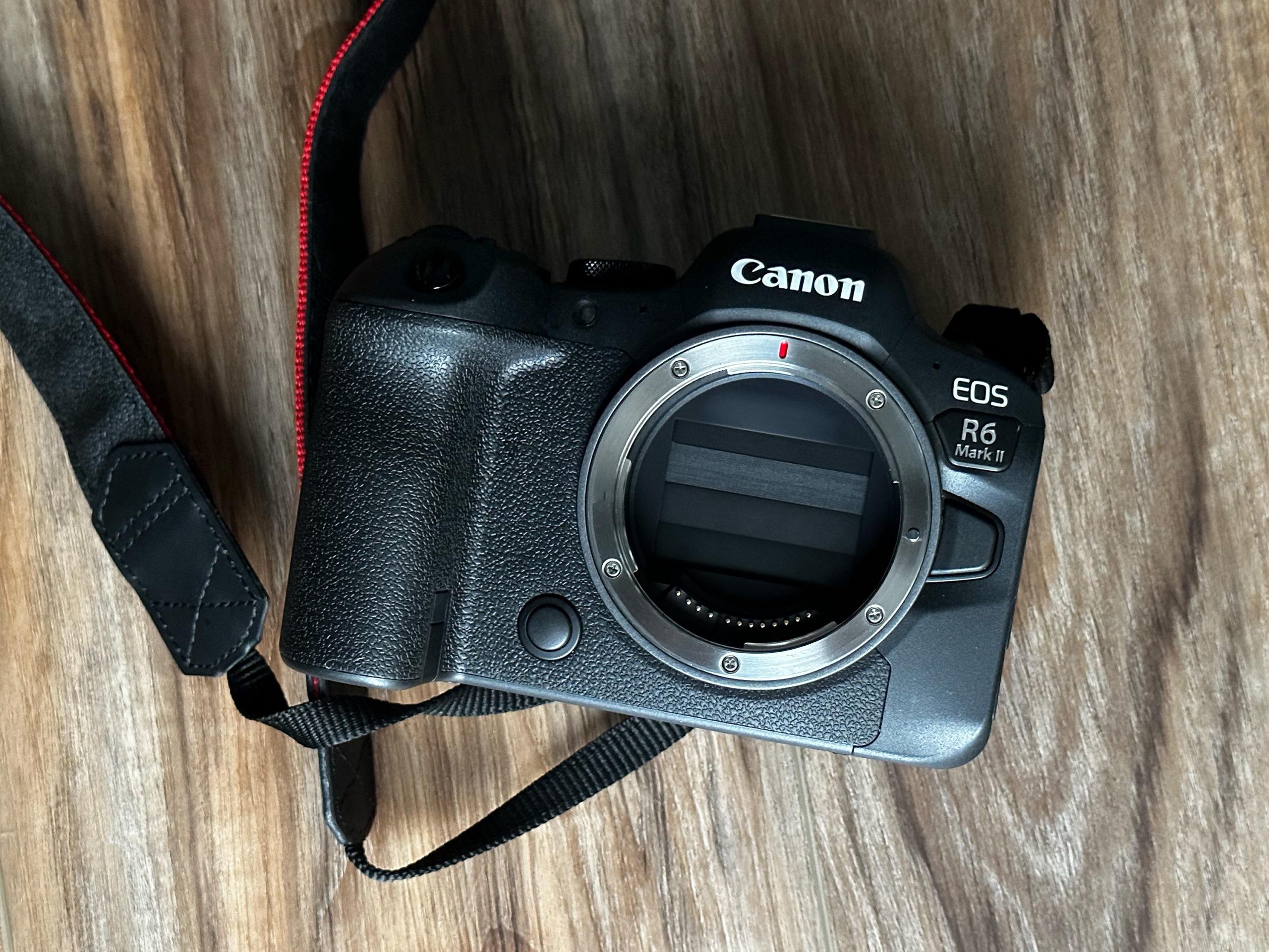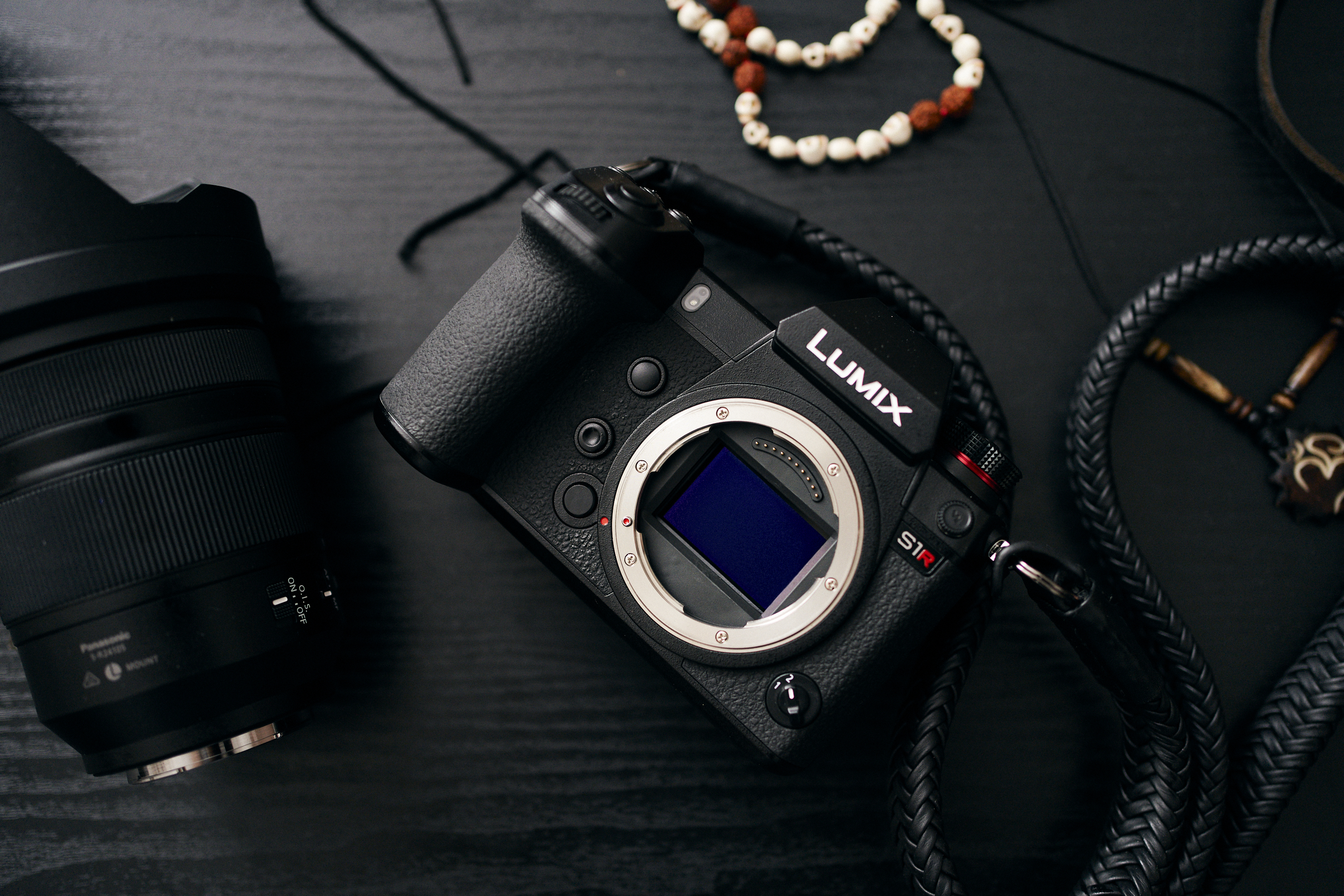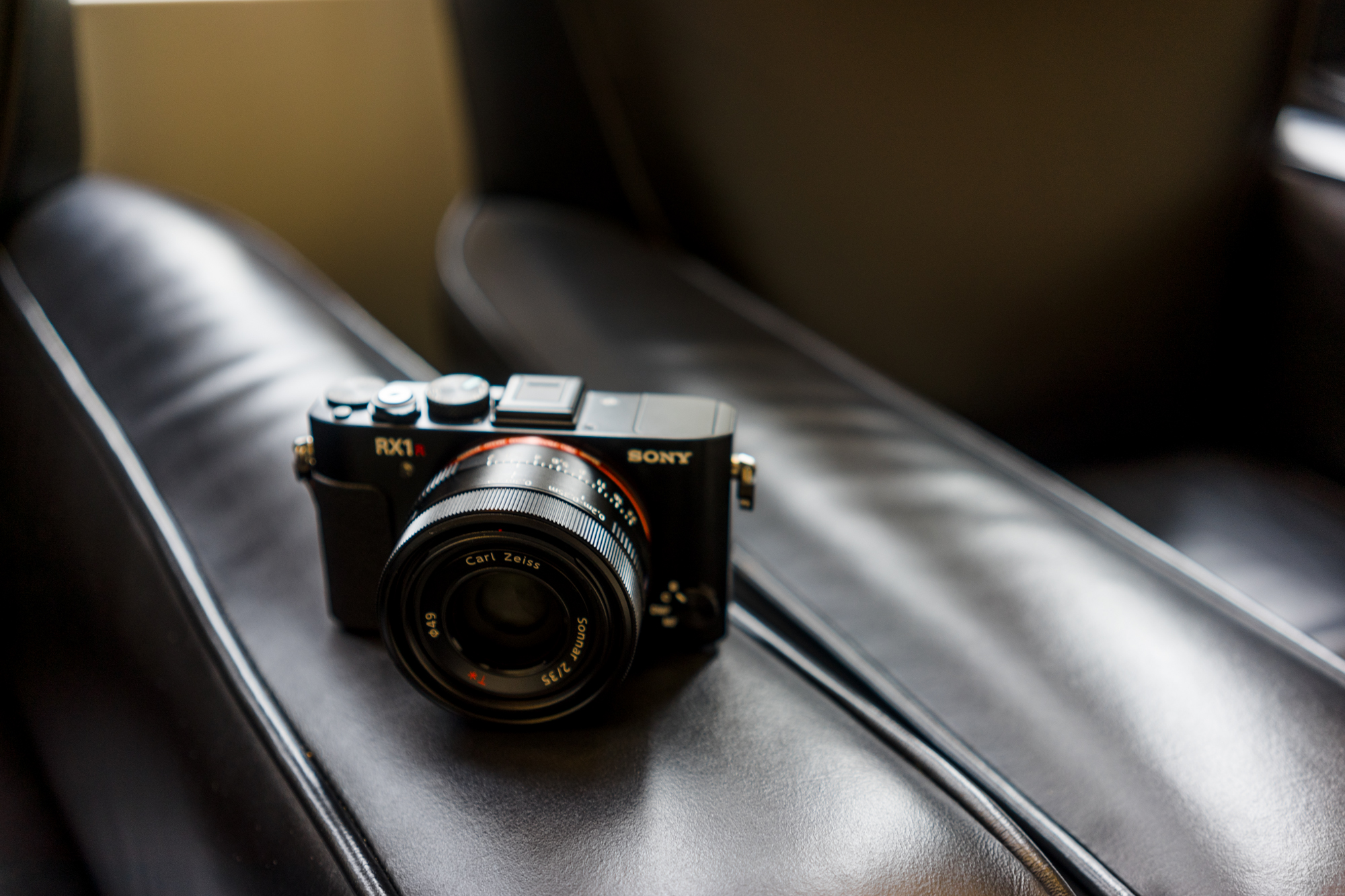
Last year, we saw more than a handful of releases from all the big photography brands. Sony launched its a9 II, an absolute whopper of a camera that ticked almost all the boxes professionals were looking for. Nikon introduced the Z50 II targeting content creators and also the Z6 III for more serious prosumers and professionals. The Canon EOS R5 II wasn’t at all what we hoped it would be when it launched some months ago. And Fujifilm introduced the X-M5 and the excellent GFX 100S II. But for many of us, 2024 went by without the release of an expected or rumored camera, often a long overdue camera. Here’s our list of cameras that we feel should have been launched in 2024.
This is by no means an exhaustive list. We’re keeping away from anticipated APS-C models because frankly, brands should also be moving away from this segment long before the turn of the decade. The list of cameras below isn’t made up of models that have been doing the rounds on photography forums alone. On the contrary, based on some brands’ expected life cycle, these cameras should have seen the light of day by now.
Nikon Z7 III
When Nikon announced to the world that it was entering the full-frame mirrorless camera segment, it did so with a bang. The Nikon Z6 and Z7 cameras heralded a new chapter in the brand’s history in 2018 when they were launched with much fanfare. Some of us felt it was slightly rushed and that corners were cut in the technological department, but all was forgiven when the superior Z6 II and Z7 II were jointly launched a couple of years later. Therefore, it was a bit of a shock to Nikon fans when the Nikon Z6 III was announced to the world without an accompanying Z7 III.
One might argue that this would have been unnecessary with the Nikon Z8 filling this gap, but the Z8 is a powerhouse hybrid camera that isn’t just bigger in size; it outshines the Z7 II in almost every way. However it’s not a camera everyone looking for a high-resolution, full-frame mirrorless Nikon wants or needs. Despite the Z6/7 series being the launch models, they weren’t exactly the flagships in this segment. They settled into a prosumer niche for landscape, cityscape, and product photographers. I hoped the Nikon Z7 III would have also made its way to the forefront alongside the Z6 III as a 48-megapixel version of its brother but without all the influential videography specs. It’s not too late, and while we haven’t seen any news about the specs for this camera, I’d like to say that a lot of Nikon fans are still waiting for its release.
Fujifilm GFX RF100

This camera will undoubtedly be a best seller right from the day it’s announced. The Fujifilm GFX 50R was one of the most beautifully designed cameras in recent years, but an easily outdated autofocus system that struggles to keep up with moving subjects means it’s long due for a refresh. A new camera, the Fujifilm GFX 100RF, might be in your favorite camera store as soon as March this year. We just hope that the autofocus is superior to the system we observed in the GFX 100s II, as this camera will probably see most of its usage out on the streets and on travels around the world. Please don’t forget to add a silver-colored option, Fujifilm
Canon EOS R6 III

Social media content creators are undoubtedly waiting eagerly for the release of this model. We liked the accurate skin tones, beautiful colors, and intelligent autofocus that came with the R6 II model, and hopefully, the successor should see improvements in these and other features. A new report suggests that the R6 III could come with the following specs:
- 24-megapixel LC1720 sensor.
- DIGIC Accelerator accelerated processor, 8.5-stop collaborative image stabilization.
- Same focus system as EOS R5 Mk II.
- Highly reliable 14-bit 30fps RAW electronic shutter continuous shooting, reading speed 1/180s.
- In-camera neural network noise reduction and high-resolution magnification.
- Supports XF-AVC S and XF-HEVC S recording of C4K/120p (S35) and 6K oversampled C4K.
- Supports 6K/30p and 4K/60p (S35) Cinema RAW Light recording.
Let’s hope they don’t miss out on adding an LCD on the top of the camera. Why is this model overdue? Because our Canon reps told us that this line would have more frequent refreshes. Going by the current lifecycle of the R6 series of cameras, it shouldn’t be much longer before the new model is announced.
Canon Retro Digital Camera

Used under CC BY-NC-ND 2.0 license
Fujifilm has captured our hearts for over a decade with its retro-styled cameras. So has OM System with pretty much all its digital m43 cameras. Nikon decided it wanted a slice of this fanbase, and its Zf and Zfc models have been top sellers for the brand. Sony has the a7C, a7CII, and a7CR cameras—missing a viewfinder but arguably still styled like a camera from decades gone by. Among the leading names in photography, only Canon has yet to jump on the film-camera-inspired digital model bandwagon. There can’t be a better design from which to take inspiration than Canon’s own AE-1 model. As long as they don’t cripple it with an APS-C sensor inside, it will tug at the heartstrings of countless Canon photographers, young and old.
They’d have to come out with something better on the inside than any existing model of theirs. Just putting on a retro shell over an EOS R8 or R6 II isn’t going to be enough. Nikon did really well when the Zf was announced with some unexpected specs at a time when everyone was expecting it to have the guts of the Z6 II inside. Let’s hope Canon takes note of what Nikon did and releases a retro camera (or cameras) in the coming months.
Panasonic S1r II

The Panasonic S1r was launched in 2019, and it’s surprising that for nearly 6 years, Panasonic hasn’t announced a successor to it. It seems like we won’t have to wait much longer though as per an L-Rumors report stating that this model will likely be launched in February, before the CP+ trade show. It looks like it will be a Lumix version of Leica’s SL3, meaning it could potentially have the following specs:
- 60MP Full frame sensor
- Impeccable low-light autofocus for people of color
- Content Authenticity Credentials
- ISO 50 to 100,000
- 5.76MP viewfinder with up to 120 frames a second
- 3.2-inch touchscreen with 2.3 million dots
The S1r is one of those dedicated to photographers, and while we can understand the temptation to cave in and throw in a bunch of video specs to reel in content creators, we sincerely hope that Panasonic doesn’t go down that route. It could do though with a bit of reduction in size.
Sony Rx1R III

There’s no denying the versatility of an interchangeable lens camera, but that’s not to say that fixed-lens cameras don’t have their place in today’s world. One of the most beautifully designed cameras in the latter segment is the Sony Rx1R Mk II, which is nearly a decade old now. While it’s not quite pocket-sized, it still remains one of the most compact full-frame digital cameras in recent years. Did Sony neglect this lineup in order to focus on the a7C segment? Possibly, but that’s not a reason for them to abandon it entirely.
Give it a more compact lens structure, a slightly higher resolution than the existing 42mp, and a robust autofocus tracking system for 4K or 6K video, and watch it fly off the shelves on release. Most digital cameras these days are very predictable, especially from a design perspective, so it would be great to see this camera make a comeback.

